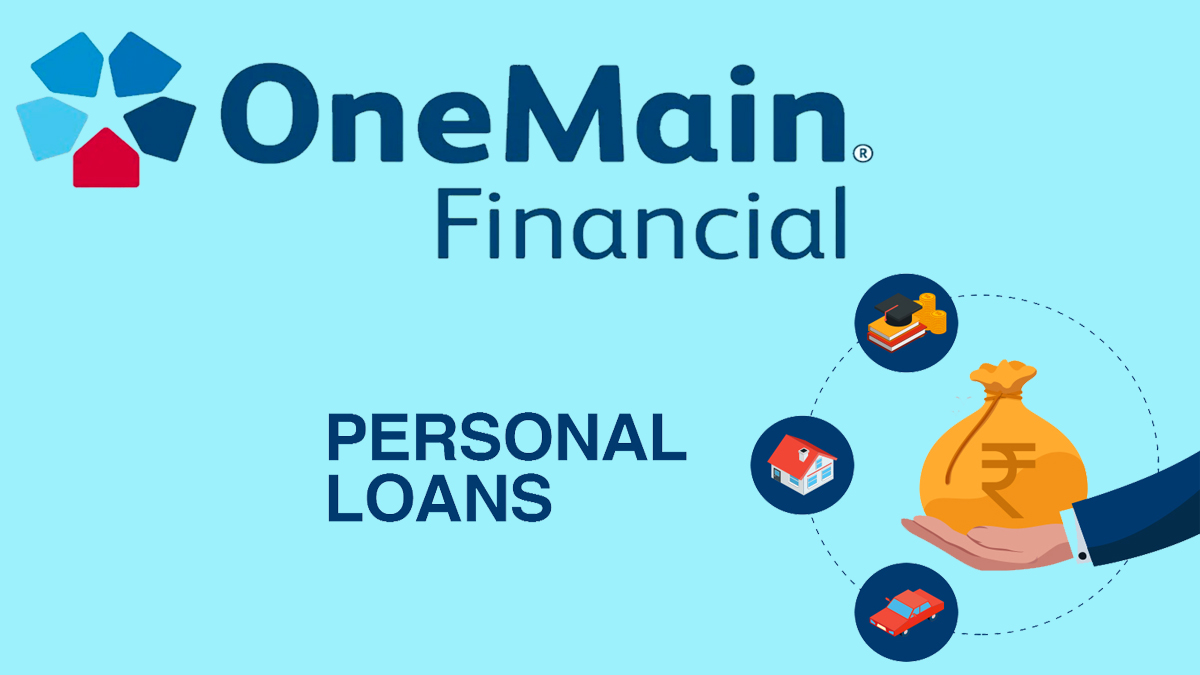A balloon mortgage is a unique type of home loan where borrowers make lower monthly payments for a specified period, typically ranging from five to seven years, followed by a large lump-sum payment at the end of the loan term. This final payment, known as the “balloon payment,” can be substantially higher than the preceding payments, potentially posing a financial challenge for borrowers.

There are various types of balloon mortgages, including the traditional balloon payment mortgage, where fixed payments are made initially and a significant final payment is due at the end; an interest-only balloon mortgage, where only interest payments are made during the term with the principal due at maturity; and a no-payment balloon mortgage, which allows for no payments initially with the full amount due at the term’s conclusion.
While balloon mortgages offer lower initial payments and may enable borrowers to qualify for higher loan amounts, they also come with risks such as the potential for default and foreclosure, challenges in refinancing, limited equity building, and the need for additional financing to cover the balloon payment.
Borrowers considering a balloon mortgage should carefully assess their financial capabilities and have a well-thought-out strategy to manage the substantial final payment when it becomes due.
How Balloon Mortgages Work
Balloon mortgages operate by requiring borrowers to make small monthly payments for a specified period, typically five to seven years, followed by a substantial lump-sum payment at the end of the loan term. This final payment, known as the “balloon payment,” can be significantly higher than the preceding payments, potentially posing a financial challenge for borrowers.
While balloon mortgages offer lower initial payments and may enable borrowers to qualify for higher loan amounts, they also come with risks such as the potential for default and foreclosure, challenges in refinancing, limited equity building, and the need for additional financing to cover the balloon payment.
Borrowers considering a balloon mortgage should carefully assess their financial capabilities and have a well-thought-out strategy to manage the substantial final payment when it becomes due.
Types of Balloon Mortgages
Balloon mortgages offer unique payment structures that differ from traditional fixed-rate loans. Here are the main types of balloon mortgages commonly found on the market:
• Balloon Payment Mortgage
In this type, borrowers make monthly payments based on a standard 15- or 30-year amortization schedule. However, after a specific period, like five or seven years, the remaining principal balance becomes due in one lump sum.
• Interest-Only Payment Mortgage
With an interest-only payment balloon mortgage, borrowers are only required to make monthly interest payments for a set period, typically five, seven, or ten years. At the end of this period, the entire remaining balance on the loan becomes due as a single balloon payment.
• No-Payment Balloon Mortgage
This type allows borrowers to skip making any monthly payments for a specified period, usually five, seven, or ten years. At the end of this term, the full balance of the loan (principal plus interest) becomes due and payable in one lump sum.
Each type of balloon mortgage offers distinct advantages and risks. While they can provide lower initial payments and potentially higher loan amounts, borrowers must carefully consider the challenges associated with making a large balloon payment at the end of the term to avoid default and foreclosure.
Pros and Cons of Balloon Mortgages
Pros:
- Lower Interest Rates: Balloon mortgages often come with lower interest rates, resulting in smaller monthly payments initially.
- Higher Loan Amounts: Borrowers may qualify for a larger loan amount compared to adjustable-rate or fixed-rate mortgages.
- Flexibility for Selling: Beneficial if planning to sell the home before the balloon payment is due, especially if expecting a profit.
- Easier Initial Affordability: Lower monthly payments in the early years can free up cash for other purposes.
- Refinancing Options: Some balloon mortgages offer the option to refinance before the balloon payment is due, providing flexibility for borrowers worried about the lump-sum payment.
Cons:
- Risk of Default: Failure to make the large balloon payment can lead to foreclosure, especially if you are unable to refinance or sell the home.
- Limited Equity Building: Since initial payments primarily cover interest, borrowers may not accumulate equity in their homes.
- Uncertain Future: The inability to predict future financial circumstances can make planning for the balloon payment challenging.
- Difficulty in Refinancing: If you are unable to make payments or have insufficient equity, refinancing may be challenging, leading to higher rates or the loss of your home.
Balloon mortgages offer lower initial payments and potential advantages but come with significant risks and uncertainties regarding the large final payment at the end of the term. Borrowers should carefully evaluate their financial situation and future plans before opting for a balloon mortgage.
How to Pay Off a Balloon Mortgage
To pay off a balloon mortgage, there are several effective strategies to consider:
- Paying in Full: Setting the balloon payment in full is the most straightforward method, requiring adequate savings or financial planning.
- Making Extra Payments: Gradually reducing the balloon amount by making additional payments throughout the loan term can help lessen the financial burden of the final payment.
- Refinancing: Refinancing is a popular strategy that involves taking out a new loan to pay off the balloon payment of the existing loan. The new loan typically has a longer term and smaller monthly payments, making it more manageable.
- Negotiating with the Lender: Seeking flexible repayment terms by negotiating with the lender can sometimes result in a revised payment plan that is more manageable, depending on your relationship with the lender and their policies.
- Exploring Unique Solutions: Think outside the box by considering unique solutions tailored to your situation, such as renting out a portion of your property for additional income or pursuing a side gig to generate extra funds dedicated to the payment.
- Seeking Professional Financial Advice: It’s wise to seek professional financial advice tailored to your unique situation to ensure informed decisions in managing and paying off the balloon mortgage confidently and proficiently.
By employing these strategies, borrowers can effectively handle and eliminate a balloon payment, ensuring financial stability and successful repayment of the loan.
FAQs
What are the repayment terms for balloon mortgages?
Balloon mortgages can have repayment terms as short as three years or as long as 30 years, with the most common lengths being five and seven years. During the repayment term, borrowers typically make monthly payments that may include principal and interest or interest only.
What are the risks associated with balloon mortgages?
Balloon mortgages can be risky due to the potential challenge of making the large balloon payment at the end of the term. Defaulting on this payment can lead to foreclosure, and borrowers may build equity more slowly compared to traditional mortgages.
Are balloon mortgages illegal?
Balloon mortgages are not illegal; however, they are not allowed on many other types of mortgages due to their unique payment structure.
Are balloon mortgages still available?
While not very common, balloon mortgages still exist but may be challenging to find as not all lenders offer them due to their risk profile.
Can you refinance a balloon mortgage?
Refinancing a balloon mortgage can be tricky as gaining equity is limited during the loan term, potentially leading to higher interest rates if refinancing is pursued without sufficient equity.



